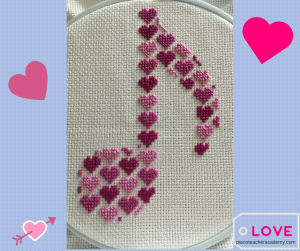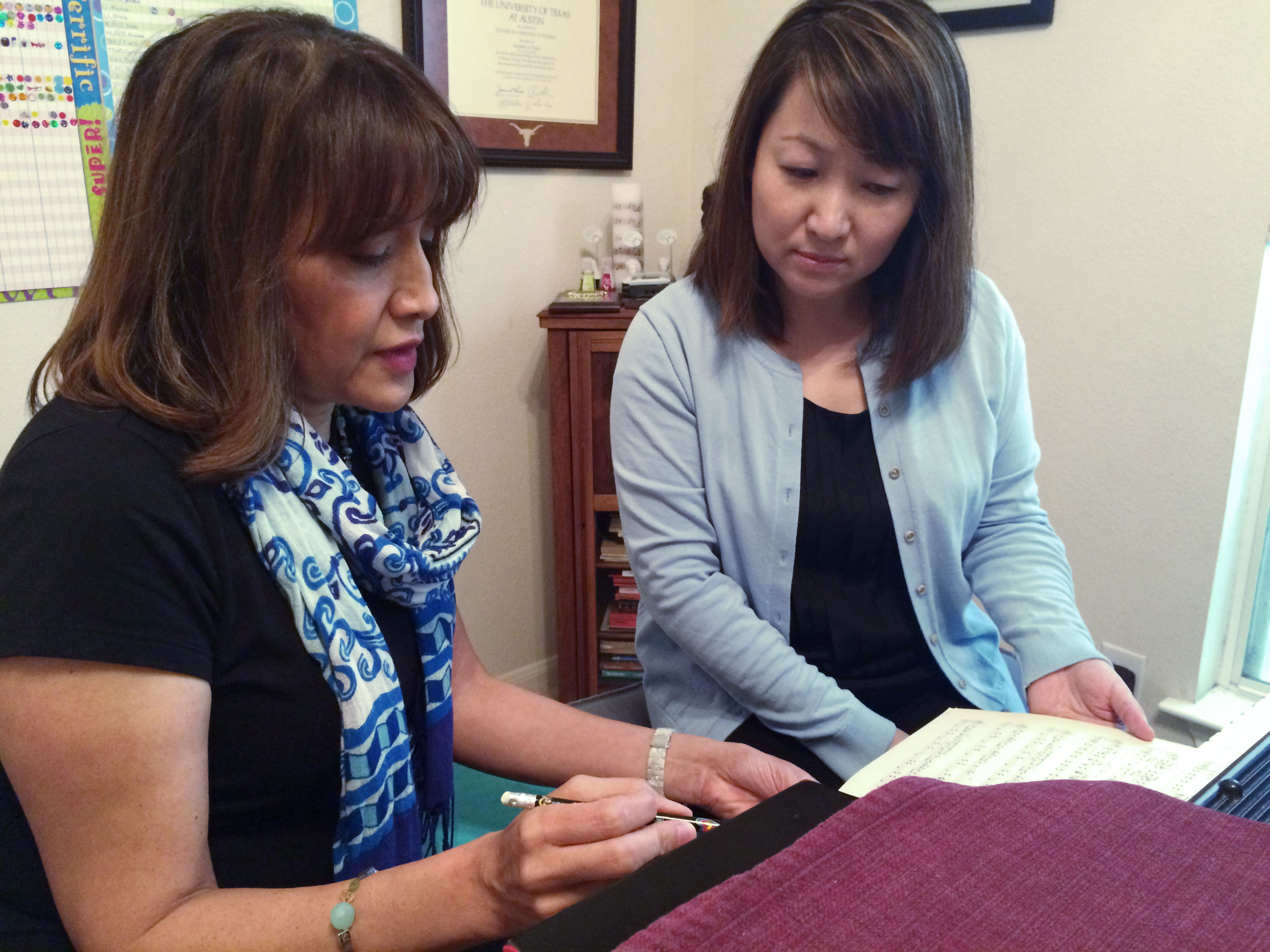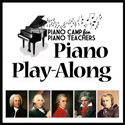Bartok, For Children Vol. I, Play-Along: Post Six (Nos. 31-35 Reaction)
Thanks for your patience in receiving this set of observations. I’ve fallen down on the job by 2 weeks! ‘Tis the season for a multitude of piano contests, theory exams, and festivals. I’m sure you feel the same pain from what seems to be endless preparation…..
It seems like this particular set of five pieces has taken a turn in a different direction. I noticed some interesting characteristics in Bartok’s writing here which I haven’t observed in the previous pieces. How about you? More on this below.
Quick-scan observations about Nos. 31-35:
- All pieces are I (Intermediate) level.
- Continued use of variations form – A A’
- Melody in the RH mostly.
- The LH accompaniment has a more extended range now.
- More frequent use of chords to create a richer texture – either broken chords or 3 or 4-note blocked chords
- Bartok incorporates more pedaling than before.
- He continues using 2 mm. and 3 mm. phrases throughout all.
- Noticeable use of this syncopated rhythmic motif throughout — eighth note, followed by dotted-quarter, followed by half note.
No. 31 – Untitled (Andante tranquillo)
Impressions While Playing: I returned to this rather haunting, plaintive piece several times to give it more playings, and each time I noticed something new. It’s the first time in this set that Bartok has used more than 2 flats in the key signature, and also the key of F minor. The F minor tonality adds a beautiful warm color to the sad melody. There is definitely a tranquil effect about it as indicated. I think it’s characterized through Bartok’s simple melody, disjunct phrasing (he uses 3-measure phrases in succession), pedal effects, F minor tonality, thin textures, etc. It has a quite a Romantic feel which you don’t normally associate with Bartok.
Teaching Value: This is a great lesson in phrasing for an intermediate student. The main melodic theme (mm. 1 – 12) consists of 4 short phrases, each 3 mm. in length — 3 + 3 + 3 + 3. You don’t encounter this phrase structure often. Did you notice how the melodies in each 3 mm. phrase always end in half notes?
It gives the piece a sense of repose and calm, yet did you notice how each measure of the 3 mm. phrase comes to a stop at the end of the measure creating additional pause?
Despite all of this “stop and start,” a performer must carry the line towards the concluding half notes in the phrases (mm. 3, 6, 9, and 12). This is also a good piece for tonal control. Notice that most of the piece is rather quiet, with the exception of one “mf” indication in m. 21.
Take Note: Notice how the LH accompaniment creates a blended harmonic color through the use of broken chords held with the pedal. Bartok tells exactly where he would like you to depress the pedal. Did you also catch Bartok’s “tie-downs” in the LH? Each LH arpeggiation begins with a quarter note which must be held down. If it isn’t held, you don’t hear the sustained effect in the harmony. He’s so specific about the sounds he would like, isn’t he?
Recommended For: A more mature intermediate student experienced in varied articulations and pedalling. And one who knows how to direct a melodic line to a destination.
Correlates To: Faber Piano Adventures Level 4 or higher (I)
No. 32 – Untitled (Andante ) Scroll to 1:38
Impressions While Playing: You can’t help but immediately notice the wide leaps in the LH – the widest keyboard range of all the pieces thus far. What makes the leaps even more unusual is the fact that they begin on beats 2 and 4 and work opposite of the RH. The pedal marks look rather erraticly-placed at times. Bartok seems to implies that you change the pedal with every double note in the LH – lifting the foot when striking and depressing once the keys are down (syncopated pedaling). Note that later he changes it to the opposite (see mm.16 -20 for example). Overall, the pedaling requires some detailed attention here.
Teaching Value: Besides the pedaling, this is an excellent piece for LH security. NOTE: Keep the LH moving laterally while shifting from high and low. It’s much more efficient and the tones will remain more calm. This is especially helpful in keeping its activity lessened during the quieter sections (see the last line). I also think the wide assortment of dynamic changes (every 2-3 measures!) will certainly keep a student on his/her toes!
Take Note: Did you happen to catch the harmonic conflict between major and minor in this piece? You notice it in the opening ( F Major and F minor), but is seems that every time Bartok strongly resolves to F Major (see mm. 12 and 24), he shifts immediately to a minor mode in the next measure. This piece takes on many harmonic colors. Notice in m. 13, how the new pedal point in the bass (D), plus the new harmonies, really change the mood of the melody when it is repeated. And then again, notice how the new pedal point in m. 25 (D-flat) gives the final snippet of the melody an even darker color.
Bartok Observation: So far in several of these pieces, Bartok’s go-to form for a piece is merely a repeat or two repeats of a single melodic theme. However, with each repeat his melody is always harmonized differently, sometimes only in slight subtle ways. Your ear may not completely catch the difference upon a first listen to a recording, but if you play it you’ll definitely notice!
Recommended For: A student who is already adept with the pedal, and one who can dramatize the melancholic mood of this work.
Correlates To: Faber Piano Adventures Mid – Level 4 or higher (I)
No. 33 – Untitled (Allegro non troppo) Scroll to 3:05
Impressions While Playing: This is one of the more well-known pieces from the latter part of Vol. I and odd as it is, students are drawn to it. I played this as a child and recall how much I loved to play it over and over again. I recall liking the wonky, gymnastic feel of the LH leaps in the opening theme and the contrast of the quiet B theme with the hands closer together (see m. 5). But the inconclusive harmonies really catch your ear as well. In which key is this piece, really? I like how Bartok leaves you hanging on a PPP solitary E at the end…..huh?
Teaching Value: The LH leaps are a perfect opportunity to practice stride-piano technique for sure. Note how Bartok specifies accents only on the low notes. I can already predict how students may play the chords too loudly, or worse yet, have a difficult time playing the chords on target. Be sure to move the LH laterally from low to high rather than in an arc. The closest distance to a target is via a straight line, right?
Take Note: Technically this piece is only 10 measures long, correct? The first 10 measures just repeat themselves with a different harmonization in the LH. Easy, right? But….learning and memorizing the two different LH accompaniments might be a little troublesome for some students since they are quite different even if mostly on the white keys. Separating and learning the 2 different bass lines in a linear fashion should help.
Recommended For: A student who has already had a little experience with a jumping LH accompaniment and who enjoys pieces with a gymnastic bent.
Correlates To: Faber Piano Adventures Mid – Level 4 or higher (I)
No. 34 – Untitled (Allegretto) Scroll to 3:56
Impressions While Playing: The opening two measures of this piece sound quite romantic in character, don’t they? Then in m. 3, we’re back to rhythmic Bartok with vertical, strident chords played in a proclamatory style. Though Bartok doesn’t indicate pedal, it sounds as if Mr. Jando does employ it in the recording above. I like the added, undetecteable pedaling for added resonance in this section. The form consists of a simple A + B + A + B + A phrase grouping that is so brief it sounds like a mere introduction (hence the attacca into No. 35).
Teaching Value: A great opportunity for double-note playing in both hands. Sometimes the texture is 4-part and at times, 5-part. Compare mm. 3-4 with 6-7 to notice again the subtle changes Bartok makes when repeating a melody, both in texture and harmony. I would certainly discuss with a student how the piece shifts from a G minor opening to a feeling of E-flat major (m. 8) and then a slight resolution to E-flat minor (m. 13), only to return to G minor. A singing soprano line in the upper fingers of the RH is a must.
Take Note: Did you catch Bartok’s use of wide leaps in the LH here as well? And similar to No. 32 he seems to have a penchant for this rhythm pattern: eighth note, followed by dotted-quarter, followed by half note.
Recommended For: A student with previous experience in 4-part texture and the ability to voice a soprano line quite clearly.
Correlates To: Faber Piano Adventures Mid – Level 4 or higher (I)
No. 35 – Untitled (Con moto) Scroll to 4:32
Impressions While Playing: The tempo moves along here after the attacca and Bartok retains the Key of G minor. Again another brief piece in A + B (extended) + A + B + A form, but this time the more “romantic” theme is the B theme (mm. 3 – 9, then mm. 12-15). The A and B themes are quite different in character from each other similar to No. 34 above, and also like No. 34, this piece ends with a poco rall. followed by two measures of a tempo which moves directly into the next attacca.Teaching Value: If I were teaching this, I would definitely teach Nos. 34, 35, and 36 as a complete set. It doesn’t make sense to isolate these movements. In fact, as of this writing, I am teaching No. 36 to an intermediate student. He loved the idea of an attacca and instantly asked to do all three after hearing them played one after the other. I think their brevity was a plus. Three one-page pieces for an intermediate student isn’t much to ask.
Take Note: You can’t help but notice how the B theme (the more “romantic” theme with pedal – see m. 3) is written in 3/4 time. This adds a nice sweeping lilt to the piece after such a straightforward, rhythmic opening. A great opportunity to teach expressive phrasing here. Again, note the LH. The wide leaps from before have returned. The deep bass notes and expanded range between the hands add great depth and resonance which we haven’t seen in previous pieces
Recommended For: A student with capricious flair who can mingle whimsy with grandeur.Correlates To: Faber Piano Adventures Mid – Level 4 or higher (I)
* I enjoyed Mr. Jeno Jando’s interpretation of these 5 pieces in the videos above. Tasteful and poignant in his expression.
I look forward to teaching Nos. 34, 35, and 36 as a complete set over the next couple of months. I’ll update this post with more explicit findings as the student progresses.









